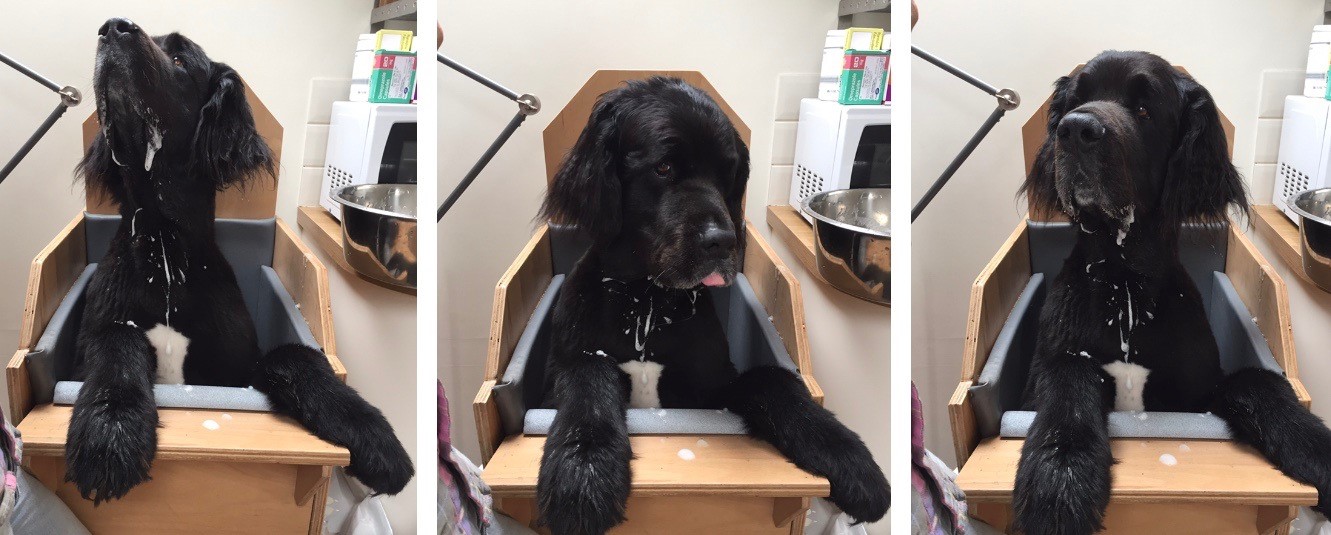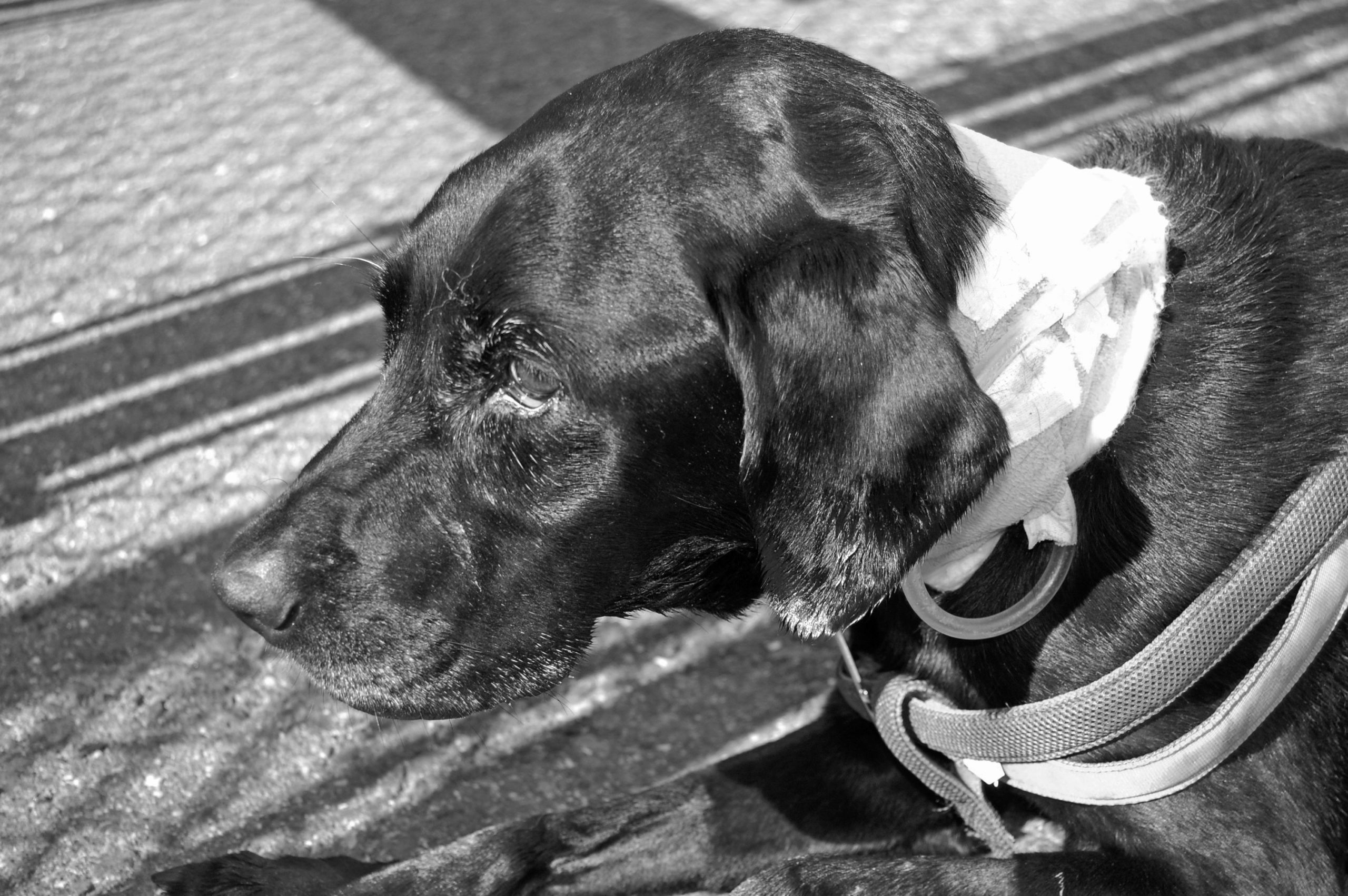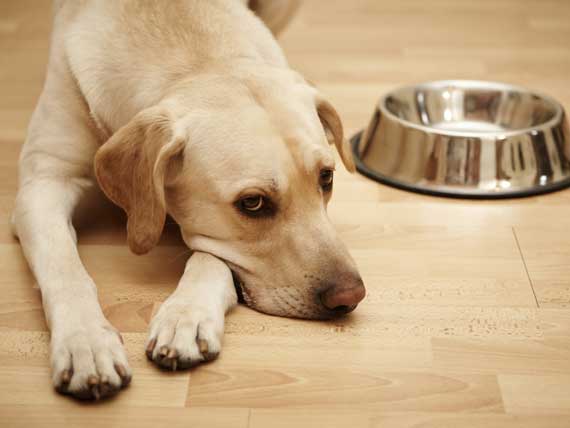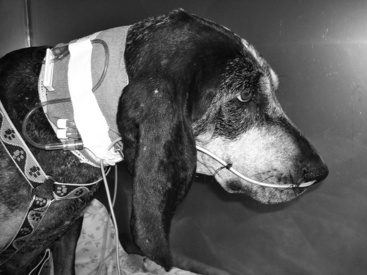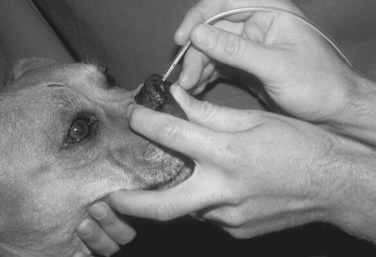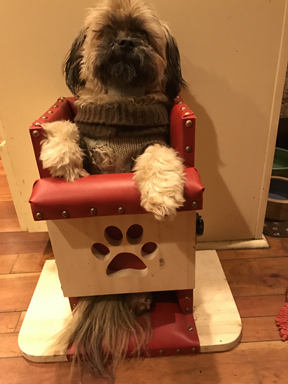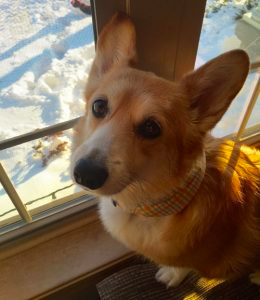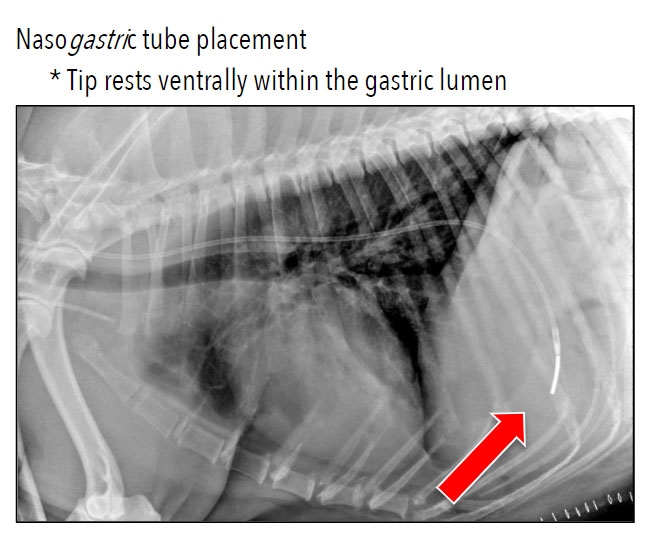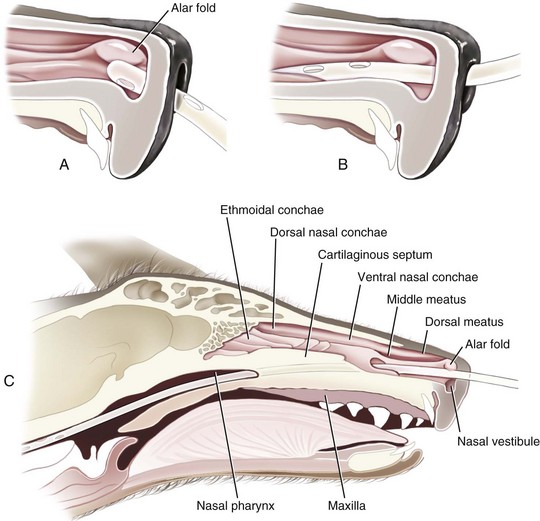Dog Permanent Feeding Tube

A nasogastric ng tube is a small and easily placed tube placed for temporary use.
Dog permanent feeding tube. Megan brashear cvt vts ecc demonstrates how to place a nasogastric feeding tube in a large dog including the proper placement testing and securing of. Nasal feeding tubes have no restrictions on swimming other than making sure the tube is closed clamped and not hooked up to a feeding pump. It s a little safer and easier to place an e tube than a g tube. Ocean water and well maintained private pools are.
Usually your feeding tube won t need to be replaced for several months. The feeding tube can be temporary or permanent depending on the primary reason for the feeding tube. Your abdomen should heal in about. The right feeding tube for your dog.
The decision to remove the tube will be determined by your veterinarian. Feeding tubes used in dogs and cats nasogastric feeding tube. It is placed by passing a small flexible tube through the nose down the esophagus and into the stomach. A special liquid diet or homemade mixture liquefied with water will be recommended by your veterinarian.
Your veterinarian will choose the tube that is best for your pet. Freeman says but just very briefly. Step by step instructions are provided. Gastrostomy tubes are placed through the skin of the abdomen into the stomach to enable long term nutrition in dogs that either refuse to eat or are unable to chew and swallow food.
Another way called bolus feeding uses a pump or syringe to push the formula several times a day similar to mealtimes. The dog has to be anesthetized dr. Plan on resting after the procedure. A cover over the feeding tube should be used as the tube can be either be damaged or removed by the pet.



